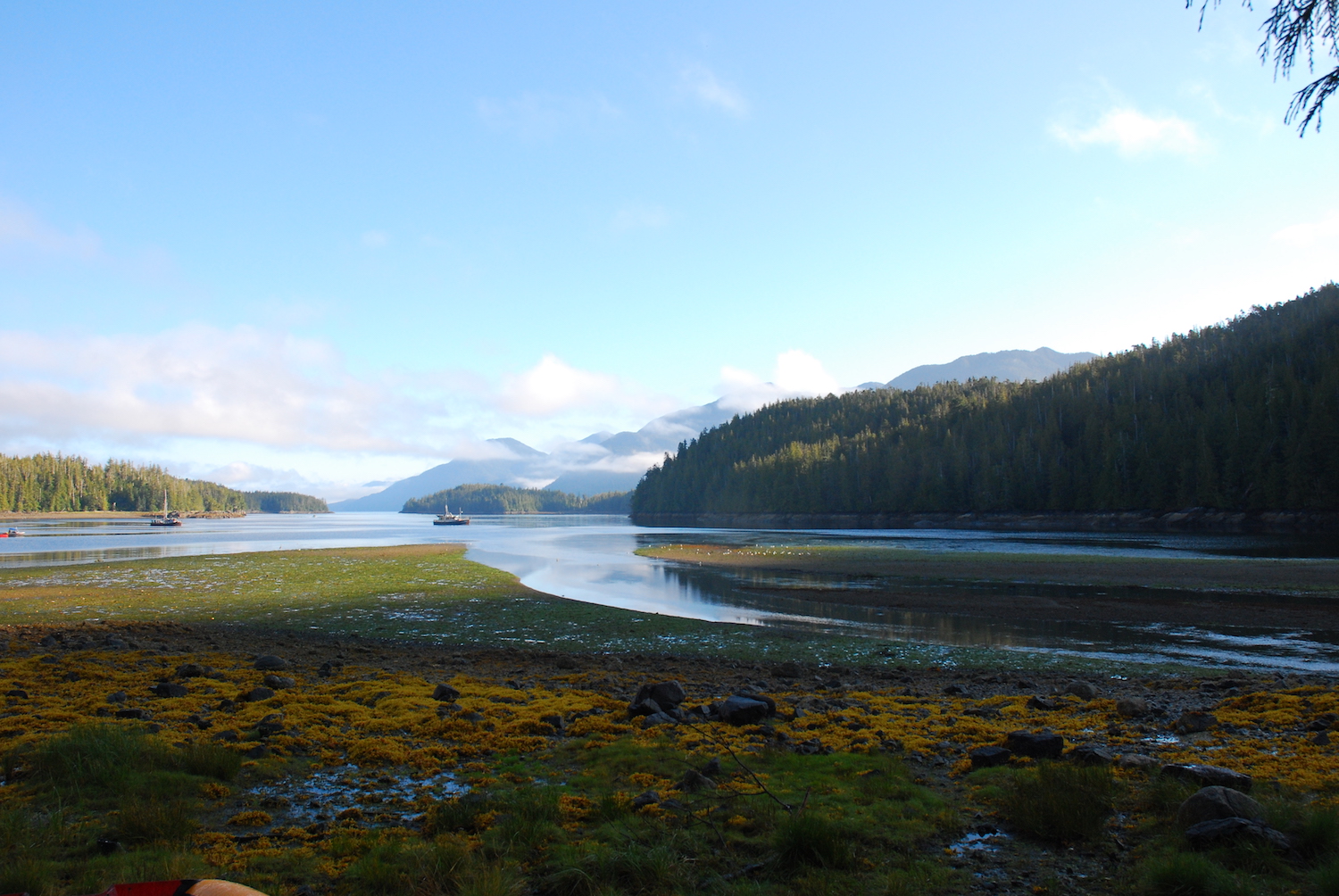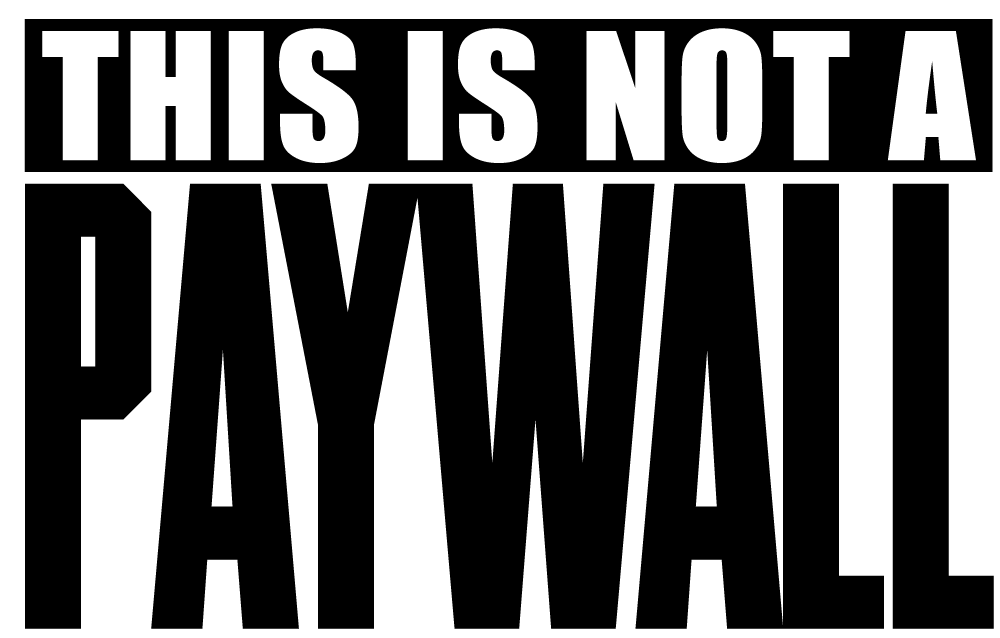The Enbridge Northern Gateway is a proposed pipeline and oil tanker project that would ship Alberta oilsands via Kitimat, British Columbia.
Below you will find an overview section describing the Enbridge Northern Gateway pipeline project and the controversy surrounding its construction, followed by our latest news and analysis on the subject.
Overview of Enbridge Northern Gateway
Pipeline company Enbridge filed its application to build the Enbridge Northern Gateway Pipelines in 2010, prompting the establishment of a Joint Review Panel by the federal government.
The Enbridge Northern Gateway Pipelines would run 1,177 kilometres across from Bruderheim, Alberta, to Kitimat, B.C., at the head of the Douglas Channel.
The westbound pipeline would carry up to 525,000 barrels of diluted bitumen per day, while the eastbound pipeline would carry 193,000 barrels of condensate per day. Condensate is a product used to thin oilsands bitumen for transport.
The Kitimat Marine Terminal would include two ship berths and 19 storage tanks for diluted bitumen and condensate. Up to 220 oil tankers a year would navigate the waters of the Great Bear Rainforest to export the diluted bitumen to foreign markets.
In 2012 and 2013, the National Energy Board held hearings on the Enbridge Northern Gateway Pipelines in 17 communities across British Columbia. In December 2013 — despite overwhelming opposition from British Columbians and First Nations — the National Energy Board’s panel recommended in favour of the project, contingent on 209 conditions being met.
In April 2014, citizens of Kitimat voted against Enbridge Northern Gateway in a non-binding vote. Two months later, the federal government announced it had decided to approve the project.
Still, after 10 years on the table (Enbridge signed a deal with PetroChina more than a decade ago), Enbridge has no firm shipping agreements with oil producers and is widely believed to be dead in the water.
Shortly after taking office in October 2015, Prime Minister Justin Trudeau re-affirmed his commitment to implementing an oil tanker ban on the north coast of British Columbia, which would effectively kill the Enbridge Northern Gateway proposal.
In January 2016, the B.C. Supreme Court ruled the province of B.C. “has breached the honour of the Crown by failing to consult” with the Gitga’at and other Coastal First Nations on the Enbridge Northern Gateway pipeline.
In November 2016, Trudeau announced his government would not approve Northern Gateway, saying: “The Great Bear Rainforest is no place for a pipeline and the Douglas Channel is no place for oil tanker traffic.” In the same announcement, Trudeau said a legislated ban on oil tankers on B.C.’s north coast will be implemented in 2017. That ban was officially passed through the House of Commons in May 2018.
Barnard Harbour, along the proposed Enbridge Northern Gateway oil tanker route. Photo: Dogwood BC.













